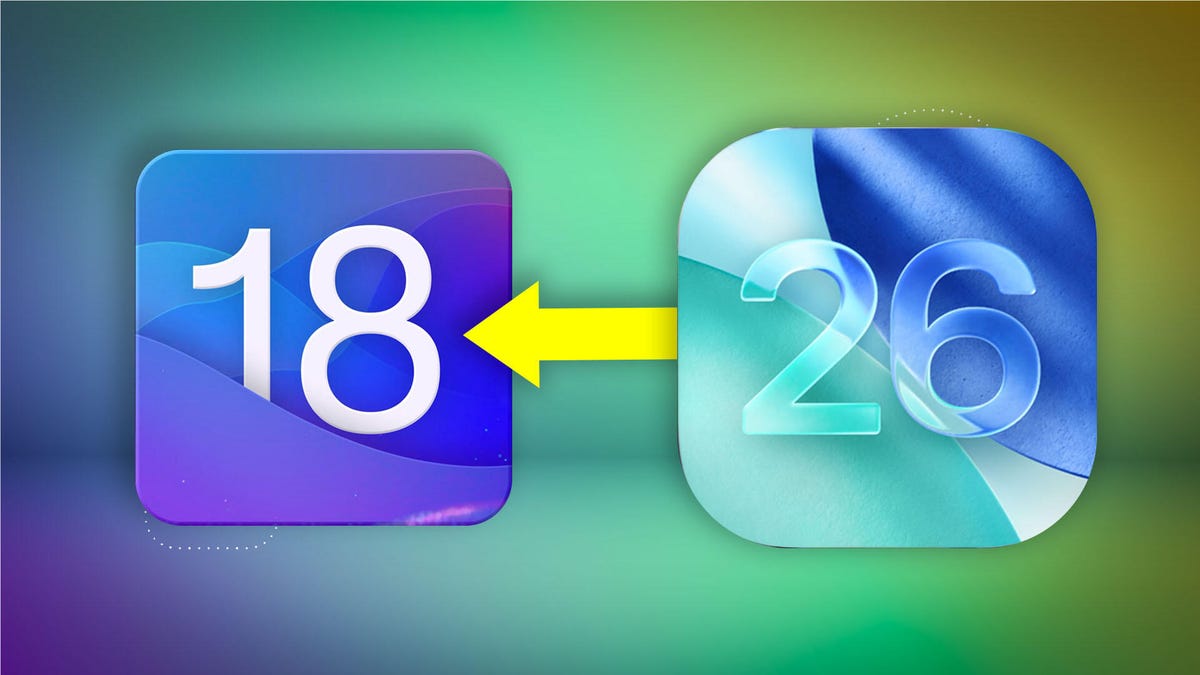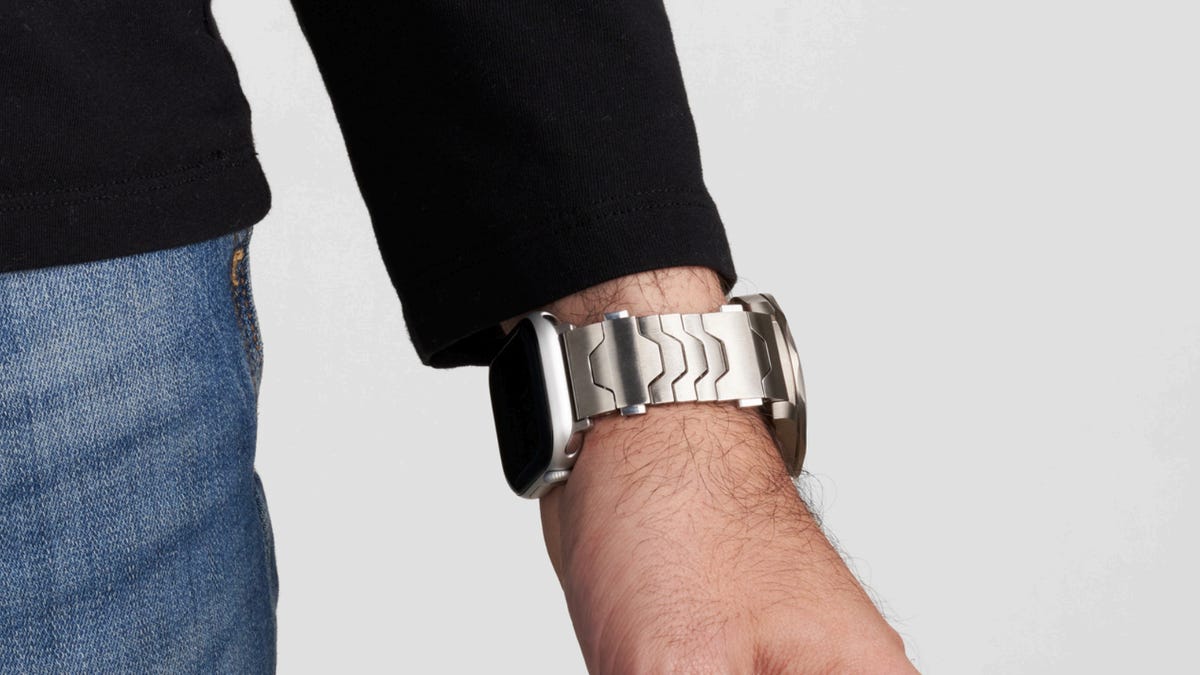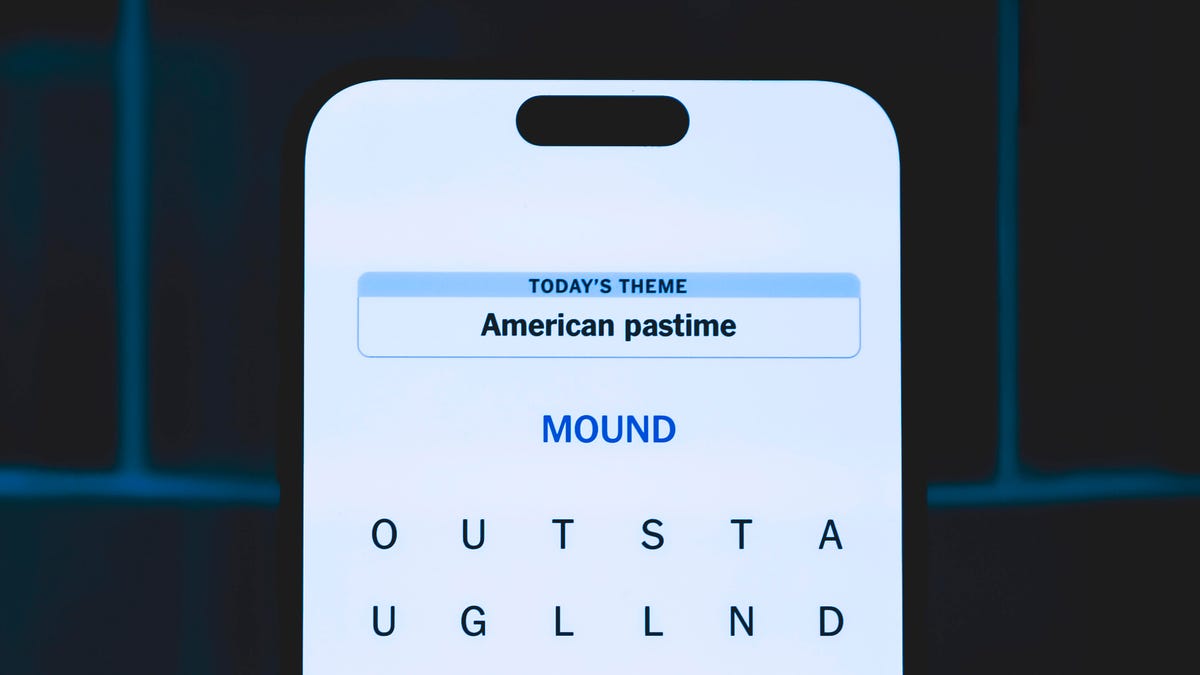Technologies
Revert Back to iOS 18 From iOS 26 Beta: The No-Stress, Step-by-Step Guide
Having second thoughts about the iOS 26 beta? Here’s how to safely go back to iOS 18.

The iOS 26 developer beta is now available, which is your first opportunity to try out new iPhone features such as the Liquid Glass interface, the redesigned Photos app, the AutoMix feature in the Music app and much more. If you have a free Apple Developer account, you can download the developer beta and get started right away. (The public beta is expected in July.)
But that access comes with a risk. Due to the nature of prerelease software, the iOS 26 beta includes bugs and performance snags that can disrupt your everyday use, which is why you shouldn’t install it on your main iPhone.
As another example, if you also want to test the new WatchOS 26 beta, be warned that you will not be able to roll back to WatchOS 11, as my colleague Blake Stimac unexpectedly discovered last year, unless you don’t mind parting with your Apple Watch while it goes back to Apple for repair.
If you find the current iOS 26 beta to be too brittle, you can roll back to iOS 18 by following these steps.
Read more: Everything coming to your iPhone in iOS 26.
Do you have the right kind of backup?
Reverting to the previous system version isn’t a matter of replacing a few key files here and there — you’ll need to erase the phone and install the current release version. This is why it’s important to back up your iPhone before installing the beta (or, honestly, updating any version of iOS).
The best approach is to create an archive on your computer that you can fall back to. Creating an iCloud backup (Settings > [your name] > iCloud > iCloud Backup) would seem to be the easiest option, but there’s a catch: if the most recent iCloud backup is made under the iOS 26 beta, you can only restore the iPhone to iOS 26. That means when you restore the phone to iOS 18, you’ll have to do it from an archive or set it up as a new phone. Data synced via iCloud will eventually arrive, but you will need to reinstall apps manually.
Instead, create a local backup: Connect the iPhone to your Mac, select it in a Finder window sidebar, and click the Back Up Now button. On Windows, open the Apple Devices app, select the iPhone there, and click Back Up Now.
What if you didn’t make a backup before installing iOS 26 beta?
If your excitement got the best of you and you skipped making a backup, you should still attempt to sync your important data, such as contacts, photos and notes to iCloud. Go to Settings > [your name] > iCloud.
Next, in the Saved to iCloud section, tap See All. Tap the categories for items saved to iCloud, such as iCloud Mail, iCloud Drive and Contacts, and make sure they’re set to sync.
Make sure your MacOS or Windows software is up to date
First, if you’re restoring from a Mac, make sure you’re running the latest version of MacOS:
- Click the Apple logo in the top-left corner, and choose System Settings.
- Select General in the sidebar.
- Click Software Update.
If an update is listed — and you have a current backup — go ahead and install it.
Under Windows, open the Apple Devices app, which replaced iTunes as Apple’s conduit for managing its devices.
Turn off Find My
If you’ve enabled Find My for that device, you’ll want to turn it off before you revert back to iOS 18. Find My is key to the Activation Lock security feature that requires the Apple ID and password of the person who set up the phone. When you finish reinstalling iOS 18, you can turn it on again.
To turn off Find My, Go to Settings, tap your name and tap Find My. Then tap Find My iPhone and turn it off. (If the option is grayed out, you may need to disable Stolen Device Protection first.)
Put the iPhone into recovery mode
Next, plug your iPhone into your Mac and do the following button dance on the iPhone to enter recovery mode:
1. Press and quickly release the volume up button.
2. Press and quickly release the volume down button.
3. Press and hold the sleep/wake button, and keep it held, past the point where you see the Apple logo and until you see the recovery mode screen — a black background with a cable indicating a connection with the computer.
Restore the iPhone to go back to iOS 18
The computer will ask if you want to update or restore the iPhone; don’t be alarmed if the dialog makes it sound as if something is wrong with the phone. Click Restore. In the confirmation dialog that appears, click Restore and Update.
Or, if you don’t see that dialog, open a new Finder window (MacOS) or the Apple Devices app (Windows) and select the phone in the sidebar. Click Restore iPhone and follow the directions that follow.
The release version of iOS, currently 18.5, will download and be installed on the iPhone.
During the normal iOS setup process, you’re asked if you’d like to transfer settings and data from another device:
1. On the Transfer Your Apps & Data screen, tap From Mac or PC.
2. On the computer, select the iPhone in the sidebar (of a Finder window on Mac or the Apple Devices app on Windows).
3. Select Restore from this backup and choose the most recent backup from the pop-up menu.
4. Click Continue. If you chose to encrypt the backup, enter the password you made.
The computer then restores the data from the backup.
Technologies
Today’s Wordle Hints, Answer and Help for Dec. 25, #1650
Here are hints and the answer for today’s Wordle for Dec. 25, No. 1,650.

Looking for the most recent Wordle answer? Click here for today’s Wordle hints, as well as our daily answers and hints for The New York Times Mini Crossword, Connections, Connections: Sports Edition and Strands puzzles.
Today’s Wordle puzzle has some tough-to-guess letters. If you need a new starter word, check out our list of which letters show up the most in English words. If you need hints and the answer, read on.
Read more: New Study Reveals Wordle’s Top 10 Toughest Words of 2025
Today’s Wordle hints
Before we show you today’s Wordle answer, we’ll give you some hints. If you don’t want a spoiler, look away now.
Wordle hint No. 1: Repeats
Today’s Wordle answer has no repeated letters.
Wordle hint No. 2: Vowels
Today’s Wordle answer has one vowel.
Wordle hint No. 3: First letter
Today’s Wordle answer begins with P.
Wordle hint No. 4: Last letter
Today’s Wordle answer ends with M.
Wordle hint No. 5: Meaning
Today’s Wordle answer can refer to a geometric figure.
TODAY’S WORDLE ANSWER
Today’s Wordle answer is PRISM.
Yesterday’s Wordle answer
Yesterday’s Wordle answer, Dec. 24, No. 1649, was SPOOL.
Recent Wordle answers
Dec. 20, No. 1645: WHITE
Dec. 21, No. 1646: QUILT
Dec. 22, No. 1647: CONCH
Dec. 23, No. 1648: GLINT
Don’t miss any of our unbiased tech content and lab-based reviews. Add CNET as a preferred Google source.
What’s the best Wordle starting word?
Don’t be afraid to use our tip sheet ranking all the letters in the alphabet by frequency of uses. In short, you want starter words that lean heavy on E, A and R, and don’t contain Z, J and Q.
Some solid starter words to try:
ADIEU
TRAIN
CLOSE
STARE
NOISE
Technologies
This Two-Faced Watch Band Lets You Hide an Apple Watch Under Your Rolex
The $418 Smartlet literally bridges the gap between your elegant analogy and your nerdy smartwatch.

The Consumer Electronics Show is never short on ambitious ideas, but Smartlet may be one of the more unusual ones this year: a modular watch strap that lets you wear a traditional mechanical watch and a smartwatch on the same wrist, simultaneously. One on top of the other.
The Paris-based startup announced Smartlet at the 2026 CES in Las Vegas, pitching it as a solution for people who love the look of an analog watch but also want the practicality of a smartwatch for notifications, fitness tracking and mobile payments. Instead of choosing between the two, Smartlet’s system lets you mount an old-school timepiece on the front of your wrist while hiding a smartwatch or fitness tracker on the underside.
The stainless steel strap starts at $418 and doesn’t include a smartwatch or a mechanical watch. What you’re really buying is the strap system, which is compatible with most major smartwatches and fitness trackers, including Apple Watch, Samsung Galaxy Watch, Google Pixel Watch, Garmin models, Fitbit Charge devices and Whoop. On the analog side, it supports watches with lug widths from 18 to 24 mm, which includes high-end models from brands such as Omega, Tudor, TAG Heuer and Rolex.
The idea comes from founder David Ohayon, who says he was tired of having to play favorites every morning, choosing between his analog and Apple Watch. Smartlet, in theory, offers the best of both worlds, letting you toggle from fitness nerd to polished executive with the flick of a wrist.
In practice, it raises some serious questions, the biggest one being bulk. Smartlet says the system adds between 9 and 12 mm of height to the underside of the wrist once a connected device is attached. As someone who already manages to scratch watches without trying, the idea of strapping a second device to the underside of my wrist, where it regularly comes in contact with desks, armrests and tabletops, sounds like a walking nightmare.
There’s also the aesthetic. Smartlet is clearly aimed at what it calls the «modern gentleman,» with marketing language that leans heavily into luxury watch culture and phrases like «from the boardroom to the weekend.» Translation: This is a watch for wealthy men who want to show off their investment piece without sacrificing their gym gain tracking.
And while it may not be the most practical, or budget-friendly solution for most people, Smartlet is one of those highly niche, standout products that had us doing a double take at this year’s CES.
Technologies
Today’s NYT Strands Hints, Answers and Help for Dec. 25 #662
Here are hints and answers for the NYT Strands puzzle for Dec. 25, No. 662.

Looking for the most recent Strands answer? Click here for our daily Strands hints, as well as our daily answers and hints for The New York Times Mini Crossword, Wordle, Connections and Connections: Sports Edition puzzles.
Today’s NYT Strands puzzle has a holiday theme, and if you know a certain Christmas carol, you’ll quickly determine which words to hunt down. Some of the answers are difficult to unscramble, so if you need hints and answers, read on.
I go into depth about the rules for Strands in this story.
If you’re looking for today’s Wordle, Connections and Mini Crossword answers, you can visit CNET’s NYT puzzle hints page.
Read more: NYT Connections Turns 1: These Are the 5 Toughest Puzzles So Far
Hint for today’s Strands puzzle
Today’s Strands theme is: Carolers count.
If that doesn’t help you, here’s a clue: Five golden rings.
Clue words to unlock in-game hints
Your goal is to find hidden words that fit the puzzle’s theme. If you’re stuck, find any words you can. Every time you find three words of four letters or more, Strands will reveal one of the theme words. These are the words I used to get those hints but any words of four or more letters that you find will work:
- RIMS, HIMS, MARS, CHIME, CHIMES, MADS, DATE, DIAL, WAIL
Answers for today’s Strands puzzle
These are the answers that tie into the theme. The goal of the puzzle is to find them all, including the spangram, a theme word that reaches from one side of the puzzle to the other. When you have all of them (I originally thought there were always eight but learned that the number can vary), every letter on the board will be used. Here are the nonspangram answers:
- LORDS, MAIDS, SWANS, LADIES, PIPERS, DRUMMERS
Today’s Strands spangram
Today’s Strands spangram is CHRISTMASDAYS. To find it, look for the C that’s three letters down on the far-left row, and wind across.
Don’t miss any of our unbiased tech content and lab-based reviews. Add CNET as a preferred Google source.
Toughest Strands puzzles
Here are some of the Strands topics I’ve found to be the toughest in recent weeks.
#1: Dated slang, Jan. 21. Maybe you didn’t even use this lingo when it was cool. Toughest word: PHAT.
#2: Thar she blows! Jan.15. I guess marine biologists might ace this one. Toughest word: BALEEN or RIGHT.
#3: Off the hook, Jan. 9. Similar to the Jan. 15 puzzle in that it helps to know a lot about sea creatures. Sorry, Charlie. Toughest word: BIGEYE or SKIPJACK.
-

 Technologies3 года ago
Technologies3 года agoTech Companies Need to Be Held Accountable for Security, Experts Say
-

 Technologies3 года ago
Technologies3 года agoBest Handheld Game Console in 2023
-

 Technologies3 года ago
Technologies3 года agoTighten Up Your VR Game With the Best Head Straps for Quest 2
-

 Technologies4 года ago
Technologies4 года agoBlack Friday 2021: The best deals on TVs, headphones, kitchenware, and more
-

 Technologies4 года ago
Technologies4 года agoVerum, Wickr and Threema: next generation secured messengers
-

 Technologies4 года ago
Technologies4 года agoGoogle to require vaccinations as Silicon Valley rethinks return-to-office policies
-

 Technologies4 года ago
Technologies4 года agoOlivia Harlan Dekker for Verum Messenger
-

 Technologies4 года ago
Technologies4 года agoiPhone 13 event: How to watch Apple’s big announcement tomorrow
